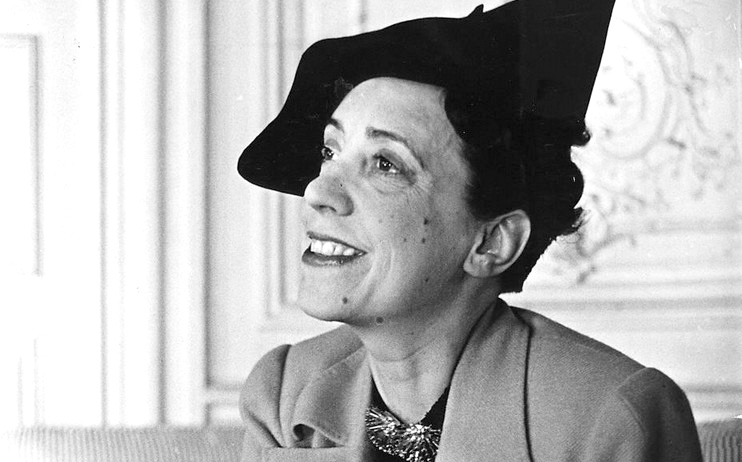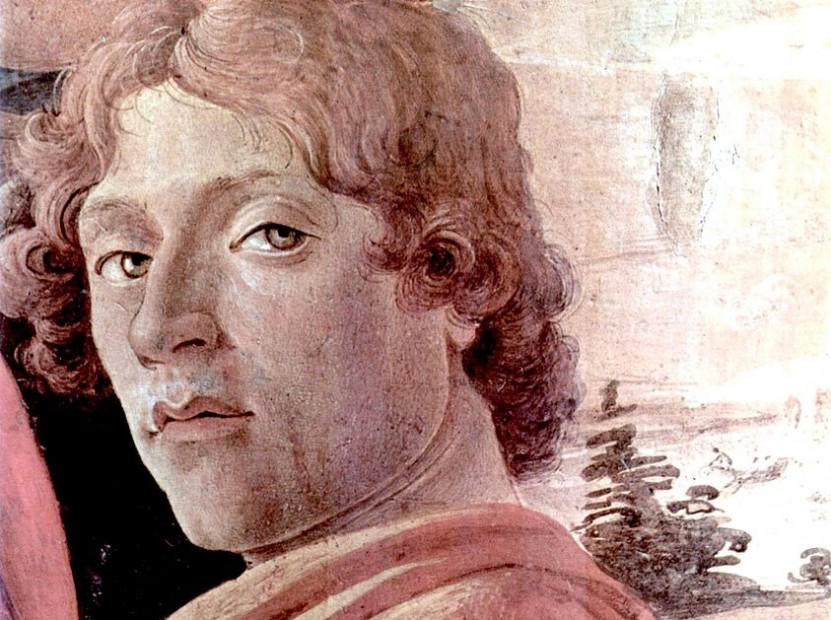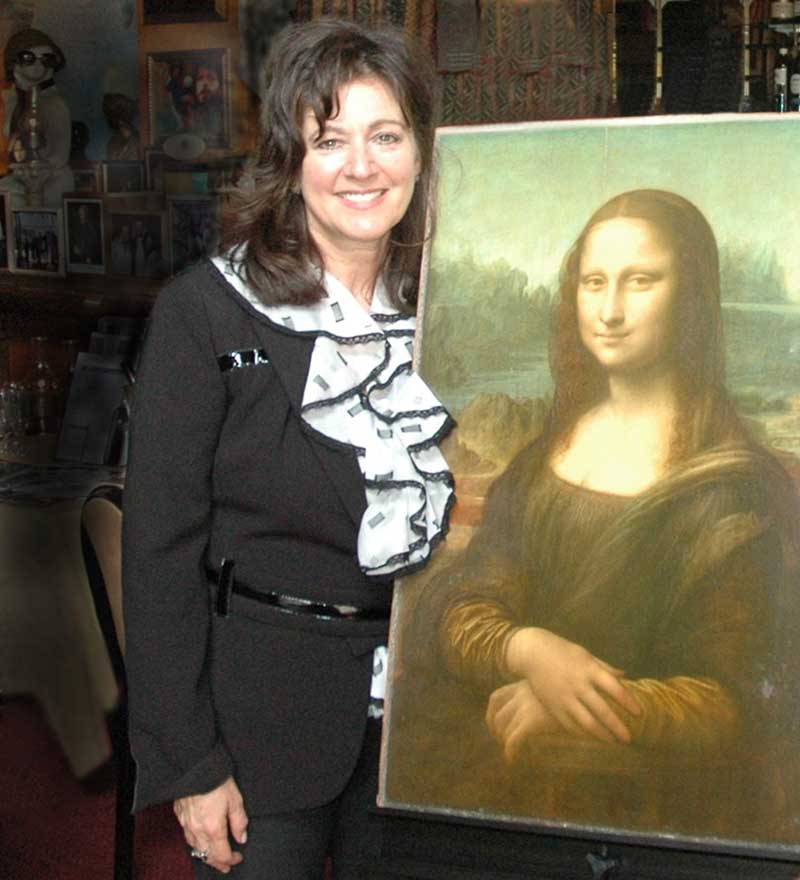In rare exhibitions, the work of two noteworthy Italian artists will be shown in San Francisco’s de Young Museum and Legion of Honor. Exhibits of the works of Sandro Botticelli and Elsa Schiaparelli arrived in the city by the bay in early March. Two very different artistic mediums will showcase the extraordinary work of a painter and a fashion designer, and, although these two artists lived centuries apart, they have several common denominators; their Italian heritage and their exceptional talent.
Both are visual artists whose work is best appreciated in person, just a few feet away in a museum setting. Admire the fine detail work of Ms. Elsa Schiaparelli’s gowns. Her innovative vision of fashion design has set the standards by which current designers set their own.
Sandro Botticelli
Sandro Botticelli is known by that name but he was born Alessandro di Mariano di Vanni Filipepi (March 1, 1445 – May 17, 1510) in Florence, Italy. Representing the Early Renaissance, he belonged to the Florentine School under the patronage of Lorenzo de’ Medici. Among his most famous work is the Birth of Venus.
As is sometimes the case, the appreciation of this painter’s work was, unfortunately, posthumous, when it was finally identified as part of the “golden age” representing the “grace of Early Renaissance painting”. Botticelli’s work is of a standard so high, so admired is his Birth of Venus, that the painting has been replicated and duplicated in various forms for hundreds of years. Regrettably, the Birth of Venus will not be part of the de Young exhibit as it is resting comfortably in the Uffizi Gallery in Florence. Among the paintings that will be on display is his “Virgin Adoring the Sleeping Child” as part of the de Young’s exhibition “Botticelli to BraqueMasterpieces from the National Galleries of Scotland”.
The exhibit runs through May 31, 2015 at the Herbst Exhibition Galleries. As a young man, Botticelli was trained as a goldsmith and it was not until 1462 that he became apprentice to master Fra’ Filippo Lippi and by 1470 he had his own studio. The masterworks Primavera (c. 1478) and The Birth of Venus (c. 1485) were both seen by Giorgio Vasari at the villa of Lorenzo di Pierfrancesco de’ Medici at Castello in the mid- 16th century, and, until recently, it was assumed that both works were painted specifically for the villa. Recent scholarship suggests otherwise: the Primavera was painted for Lorenzo’s townhouse in Florence, and The Birth of Venus was commissioned by someone else for a different site. By 1499, both had been installed at Castello. In 1481, Pope Sixtus IV asked Botticelli and other Florentine and Umbrian artists to fresco the walls of the Sistine Chapel. After his death, his paintings remained in the churches and villas for which they had been created, however, his frescoes in the Sistine Chapel were outdone by Michelangelo’s.
Elsa Schiaparelli
She is known for her quote, “In difficult times, fashion is always outrageous” and her successful career spanning the years of two world wars is certainly a testament to that philosophy. Born in Rome, Italy and educated at the University of Rome with studies in Philosophy, she moved to Paris, and, as a young woman began working in boutiques specializing in French fashions. In 1927, Schiaparelli opened her own business. Her fashion design innovations came out of a passion for Surrealist “trompe l’oeil” images, eventually becoming her trademark. She continued her admiration of the paintings of Surrealist artists including her friend Salvador Dali whom she hired to design fabric for her fashion house. As her reputation grew, her scope expanded when she designed costumes for theater and more than 30 films including wardrobes for Mae West and Zsa Zsa Gabor.

Schiaparelli was one of the first designers to develop the wrap dress, taking inspiration from aprons to produce a design that would accommodate and flatter all female body types. Forty years later, this iconic design was revisited in the 1970s by Diane von Furstenberg. The divided skirt was another of her groundbreaking fashion innovations, especially when it was first worn by Lili de Alvarez at Wimbledon in 1931. Elsa Schiaparelli closed her couture business in 1951 and in 1954 she released an autobiography titled “Shocking Life”. Decades after her death, she is clearly still regarded as a virtuoso in the fashion world.
Detailed information about both museum exhibits, “Botticelli to BraqueMasterpieces from the National Galleries of Scotland” and “High Style: The Brooklyn Museum Costume Collection” can be found at their respective websites. See details below. de Young Museum Golden Gate Park, 50 Hagiwara Tea Garden Drive, San Francisco https://deyoung.famsf.org/sc otland 415/750-3600 Legion of Honor Lincoln Park at 100 34th Avenue, San Francisco https://legionofhonor.famsf.o rg/exhibitions 415/750-3600































